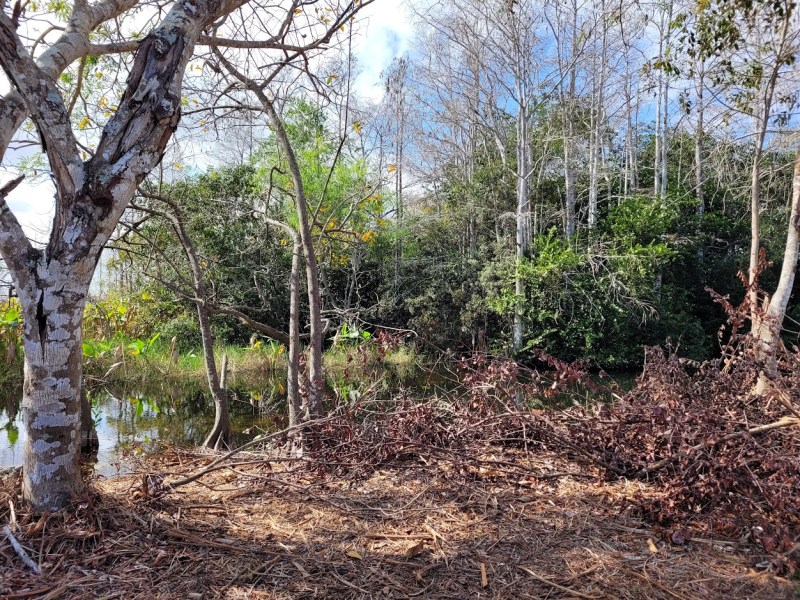
Deep in the heart of Southern Florida runs US 41, also known as the Tamiami Trail. This engineering marvel runs through the swamp, creating the northern border of Everglades National Park, home to many natural areas that feature a variety of outdoor sports including hiking, canoeing, boating, fishing, backpacking, and trail running. The Everglades is an emerald-green natural wonder filled with beauty and wildlife that makes it one of the most iconic places to visit in Florida.
Located right in the middle, 40 miles west of Miami (ending at the appropriately named Fortymile Bend), is Loop Road, a 20-mile scenic trail that is sure to whet the appetite of any outdoorsman who travels it. Most of the road is unpaved and undeveloped, surrounded on both sides by a sea of green that is home to diverse wildlife. It is a great way to get a taste of the Florida Everglades or start a serious trek into the swamp.
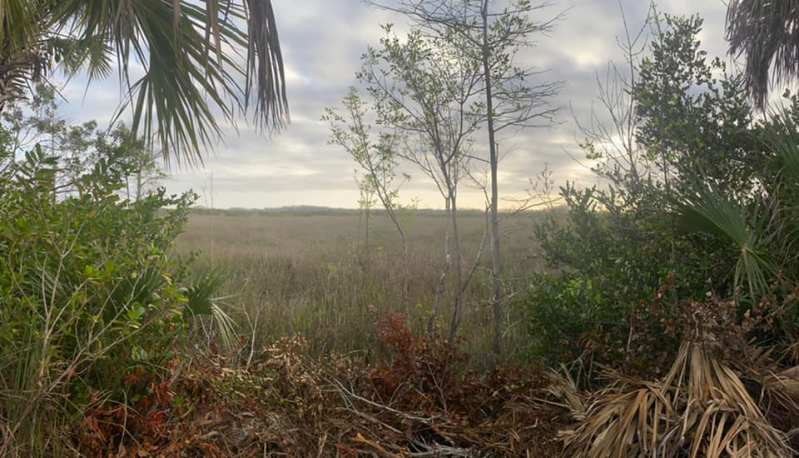
Ways to explore Loop Road
Loop Road is host to a variety of activities so that almost anyone can explore it somehow, as long as you can get there. The nearest gas station is in Carnesville, which is roughly 15 miles away and very small (Loop Road bears an address in the rural town of Ochopee). Naples is 50 miles west and Miami is 40 miles east, meaning you need a ride to get to Monroe Station, which marks the head of the trail. From there, the adventure begins.
Airboat tours
At the start of Loop Road are a few airboat tour companies that can take passengers through the wetlands, and even more can be found along US 41. These guided tours can be fun for the family and a great way to get to know Everglades National Park in the most controlled environment possible. For the guides, the Florida Everglades is home, so newcomers can learn a lot from their knowledge of one of the most famous places to visit in Florida.
Motor vehicles
Loop Road is primarily a scenic drive, which means you can take your own vehicle down the road. The speed limit is only 20 miles per hour, and drivers will stop often to take in the natural beauty of the environment and wildlife. Driving through Loop Road is a more independent way to take the entire family to see the Florida Everglades, even those who can’t participate in outdoor sports. You can also bring motorcycles and off-road vehicles because, in addition to Loop Road, there are numerous off-highway vehicle (OHV) trails and smaller scenic drives that originate from the main drive.
Biking
Mountain bikers and long-distance cyclists can get a picturesque workout riding Loop Road. Since the speed limit is so low for motor vehicles, it provides a safe place to cycle and take in the scenery as a bonus. You can ride Tamiami Trail with caution because traffic traveling the highway is usually there for the scenery and therefore maintains mild speeds.
Hiking
There are numerous campgrounds on almost all of Loop Road and the nearby section on Tamiami Trail, making it great for both day hikes and overnight visits. Visitors can experience the Florida Everglades firsthand on many short hikes that start on the road and lead into the swamp. The former southern terminus of the Florida Trail still cuts from the road and runs 8 miles to the Oasis Visitor Center at Big Cypress Swamp on Tamiami Trail. The Florida Trail is one of 11 national trails that include the famous Appalachian Trail, the Continental Divide, and the Pacific Northwest Trail. Loop Road can offer hikers a glimpse of what to expect from the southern parts of this trek up the Florida peninsula.
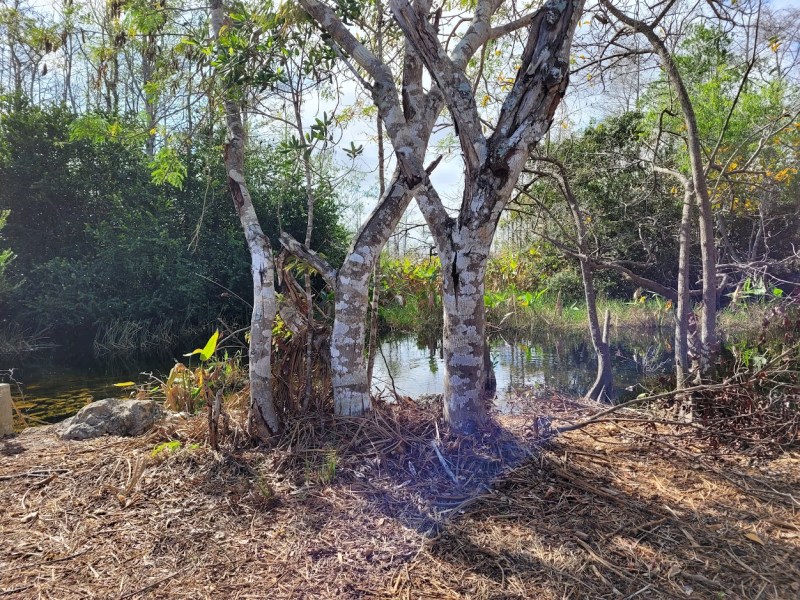
What you’ll see in Everglades National Park
The swamp is a sea of green grass that has a lot of small streams, depending on the season. The west side of Loop Road from Monroe Station has the best of both worlds, with a stream to the right and prairie to the left. While these are both part of the same environment, they each have their own distinctive features. The wildlife avails from all of it, because it is all interconnected.
Cypress strands
Cypress trees are a signature of swamp life, and thrive throughout the Florida Everglades, creating a canopy over Loop Road as well as along the swamp’s perennial streams. These distinctive trees evolved to survive in very wet conditions and are known for their “knees” that protrude from the water. Much of the wildlife in the Florida Everglades relies on these trees for both food and shelter, especially from the swamp’s most famous predators.
Saw grass prairies
Swamps are associated with water and flooding, but they do have dry seasons, and the saw grass prairies grow lushly in this environment due to being slightly higher in elevation. Saw grass is a tough, sharp sedge rather than what you might find on a lawn or in a meadow, so trekking into it on foot or while driving an OHV means following the trail to avoid injury. Periodic cypress strands dot the landscape in dips in the elevation that retain pools of standing water, looking like domes of green.
Gators gators gators
Alligators are all over Florida, frequently seen in the many wetlands habitats around the state. They famously inhabit Everglades National Park, floating in the water in the cypress strands and watching around them for prey, such as insects, birds, lizards, and amphibians. Alligators can range in length from 8 to 15 feet, but the ones in the Florida Everglades are smaller than average. The gators are an important part of the Everglades ecosystem because the nests females make for their eggs become watering holes for other wildlife once they are vacated. Turtles and birds also use these alligator holes to lay their own eggs.
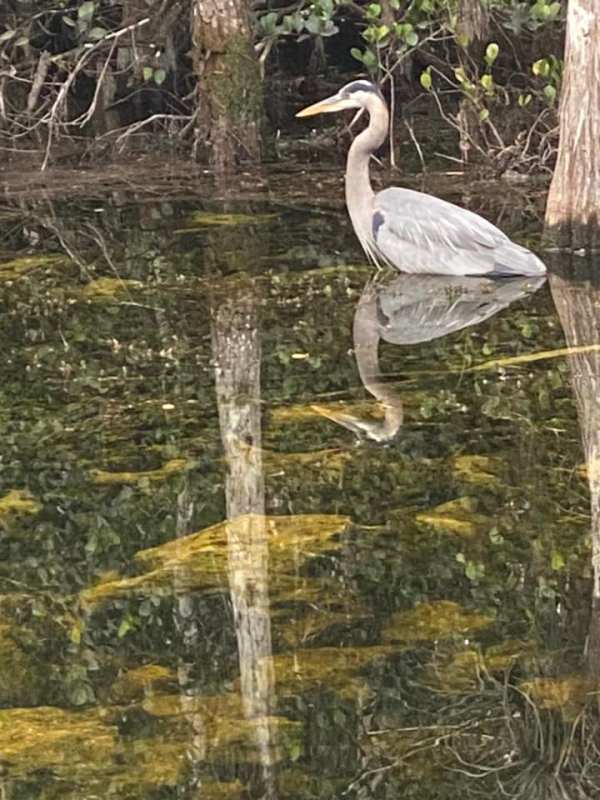
Great blue heron
Standing at around 4 feet tall, the great blue heron is a formidable fowl. They are bold enough that many of them can be seen standing at the side of Loop Road or gliding down it with their 6-foot wingspan. Great blue herons can be seen all over the U.S., but they reside in the Florida Everglades year-round since the wet habitat of the swamp, as well as the brackish Rookery Bay to the west, are prime habitats for these majestic birds. They may be large birds, but they generally keep away from humans unless harassed.
Lots of egrets
There are at least two kinds of egrets that live in the Everglades National Park: the great egret and the snowy egret. These graceful wading birds are all white, with the larger great egret standing almost as tall as the great blue heron, with a yellow bill and long black wading legs.
At one time, great egrets were hunted for their plumage, which reduced their numbers until this practice was outlawed. The number of great egrets in the Everglades is also dwindling because of human encroachment on the swamp, including urbanization and pollution from industrial practices. The smaller snowy egret has a black bill and yellow feet, and can also be found wading in the water and fishing for food. Most of the time, these birds are solitary hunters, but they can be seen in clusters after sunrise and before sunset during mating and hatching season.
Maybe some endangered panthers
The Florida panther is a protected species with a population that has grown from a mere 20 in the 1970s to around 230 today. While the Fakahatchee Strand Preserve, which includes a park dedicated to the panthers, is a few miles away on Route 29, the panthers can occasionally be seen in the Everglades and on Loop Road. They are extremely shy, so count yourself lucky if you spot one!
All that and some history, too
While the Florida Everglades is known as a natural paradise and national park, there is also some historical context along Loop Road. The town of Pinecrest was used as a base for the construction of the Tamiami Trail, which started in 1921. It was intended to be a city, with Loop Road as its main access road, but a lack of funds combined with its remoteness ensured that it would never house more than 400 residents at its peak.
It was used as a logging town and possibly a smuggling base for the famous gangster Al Capone. The Gator Hook Lodge was a historic dive bar on Loop Road that hosted “Orange Blossom Special” composer Ervin Rouse whenever he wandered in from his retirement home in the area. The bar closed in the 1970s and was subsequently torn down, but a few other buildings remain from this small swamp town.
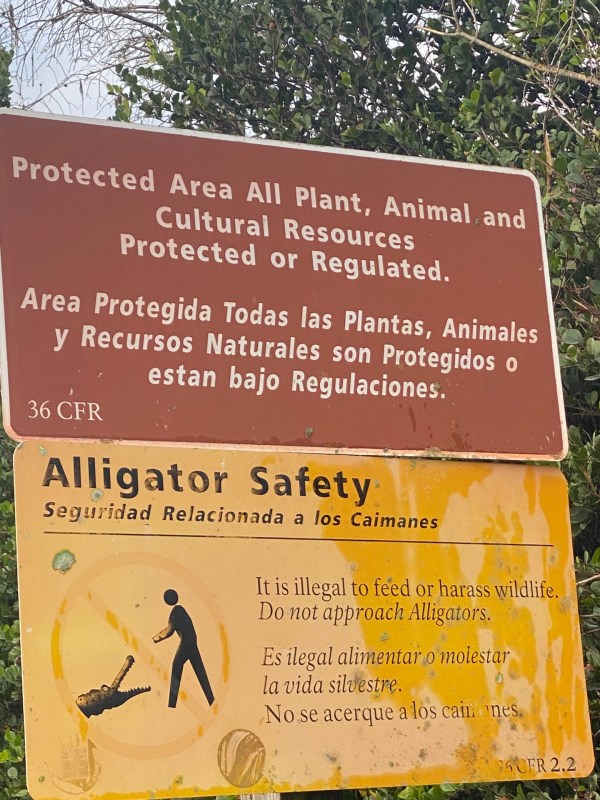
How to stay safe on your Florida Everglades adventure
Although it seems one could easily pack the family into the car and drive out to Loop Road, there are still some things you can do to prepare for a day trip, especially if you plan on biking or hiking down the road. Following are some tips to make a day at the Florida Everglades memorable for all the right reasons.
Make sure to hydrate
They call the state “sunny Florida” for a reason — during most of the year, Florida is hot and humid, which means the more you exert yourself, the more you will sweat. It’s important to ensure you are protected from dehydration no matter how you choose to explore Everglades National Park.
You’re not going to want to keep the windows up, so have plenty of water on hand even if you plan on driving. If engaging in more strenuous activity, you may also want to bring electrolyte
Be ready to get some sun
Especially if your Florida Everglades adventure will be on foot, bike, or OHV, protection from the sunshine is another vital way to beat the heat. It may sound counterintuitive to wear long sleeves and pants in the hot sun, but such clothing made of light materials will prevent sunburn. A wide-brimmed hat and neckerchief or balaclava will shield your face and neck from the sunlight, as well as be soaked with water to help keep you cool. Nevertheless, carry a good sunscreen of at least SPF 30.
Don’t feed the gators
This warning is posted everywhere in Florida because it is such an important caution. Alligators are not generally dangerous to adult humans because they are threatened by us, but if humans feed them, they lose their fear of us and are known to attack in these circumstances. It’s important not only to not deliberately feed them but to also ensure they are not accidentally fed by wandering pets or small children, both of which alligators may mistake for prey.
Be mindful of the wildlife
Most of the animals you encounter are shy of humans and will either watch you pass by or flee when you come too close. However, animals that feel threatened may fight back in some circumstances. The large wading birds have long bills that can do a lot of damage to a human. Snakes in the Everglades may be poisonous and should be given a wide berth if encountered. Any juvenile animals should be avoided because their protective mothers are probably nearby and will not welcome your intrusion.
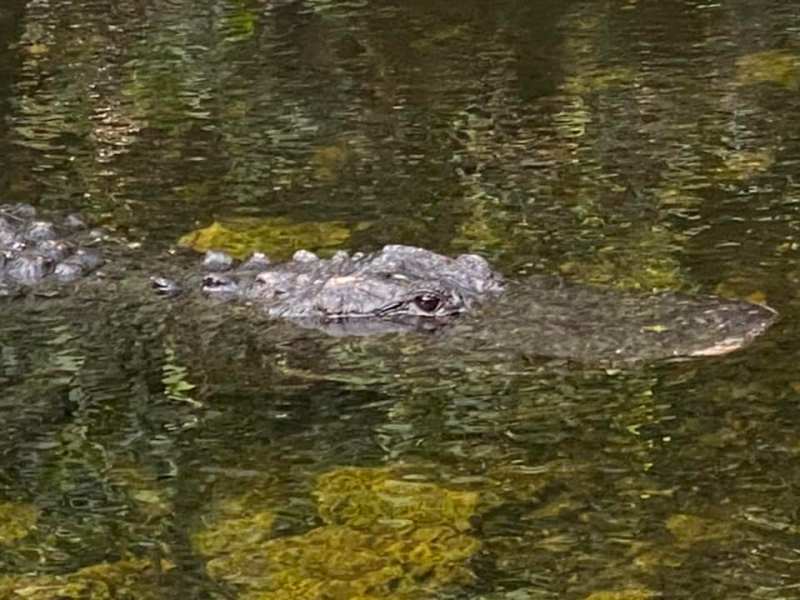
The locals live here
Everglades National Park was established in 1947, and Big Cypress National Preserve was established in 1977. Before they became parks, people lived in small dwellings, so-called “Indian villages,” and logging and hunting settlements. Some of these dwellings still exist along Loop Road, marked often by gates and “No Trespassing” or “Posted” signs. The last few miles before Fortymile Bend has homes on the east side. As important as it is to remember to preserve the ecosystem of the Florida Everglades, it is also common courtesy to respect the privacy and property of the locals and remember that while this is your vacation spot, it is their home.
Choose the best time of year
Many travel guides counsel tourists to visit Everglades National Park from November to December and April because this is the dry season in the swamp. However, from November through January or February, the swamp drains all the rain from the wet season and is still subject to spots of standing water that may require gaiters or other wet gear. April and May are the driest months to explore the Everglades, especially on foot. The summer and early fall are the wettest times, with the rain peaking in August, also the period of the hottest temperatures and humidity.
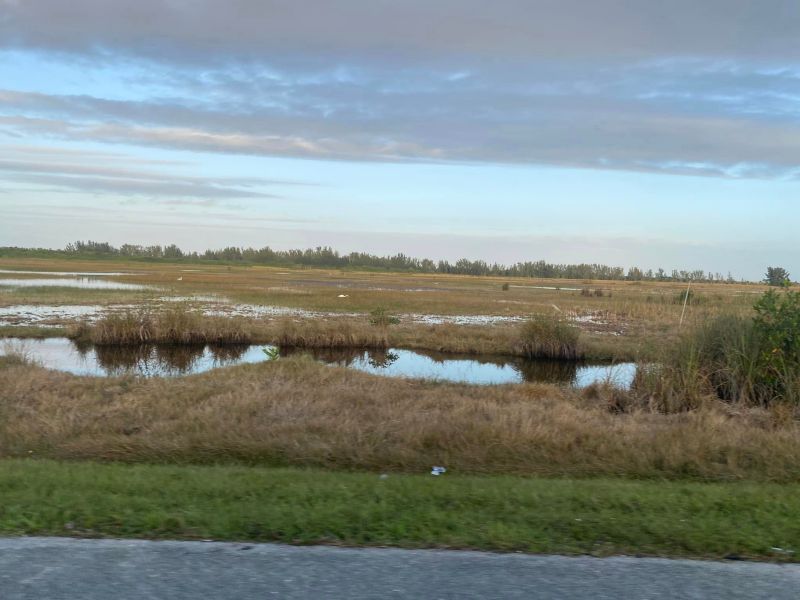
Visit Loop Road for some Everglades fun
The Everglades is one of the most famous places to visit in Florida and can be a fun experience for the entire family. No matter how you choose to explore this amazing ecosystem, Loop Road is a great place to start your adventure.
Editors' Recommendations
- Optimized Overlanding’s new $25K pop-up camper has everything you need for off-grid adventuring
- Travel tips: It will be more expensive than ever to visit Amsterdam next year — here’s why
- The North Face is now making GORE-TEX denim because why not
- 2028 might be a really good time to visit Japan – here’s why
- Grand Canyon closures expected to last into 2025 – what to know before you go hiking or camping




